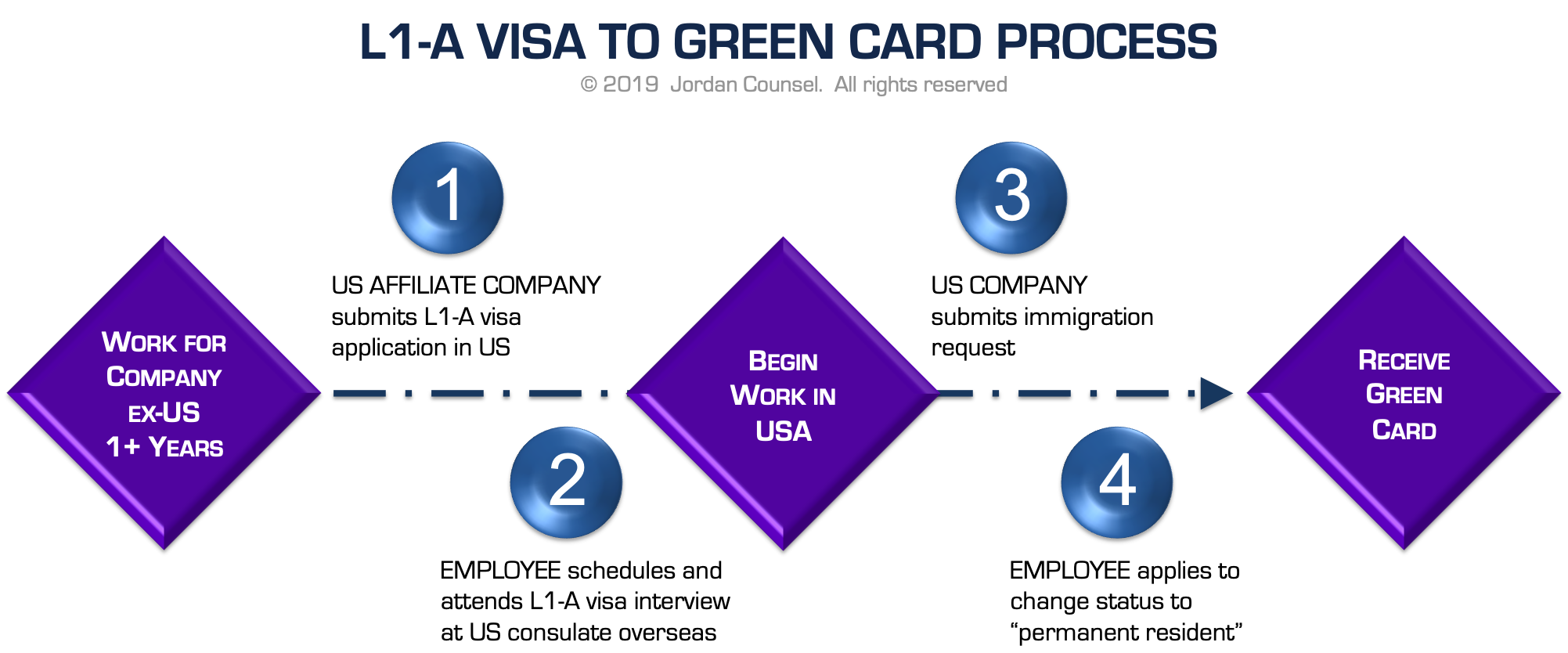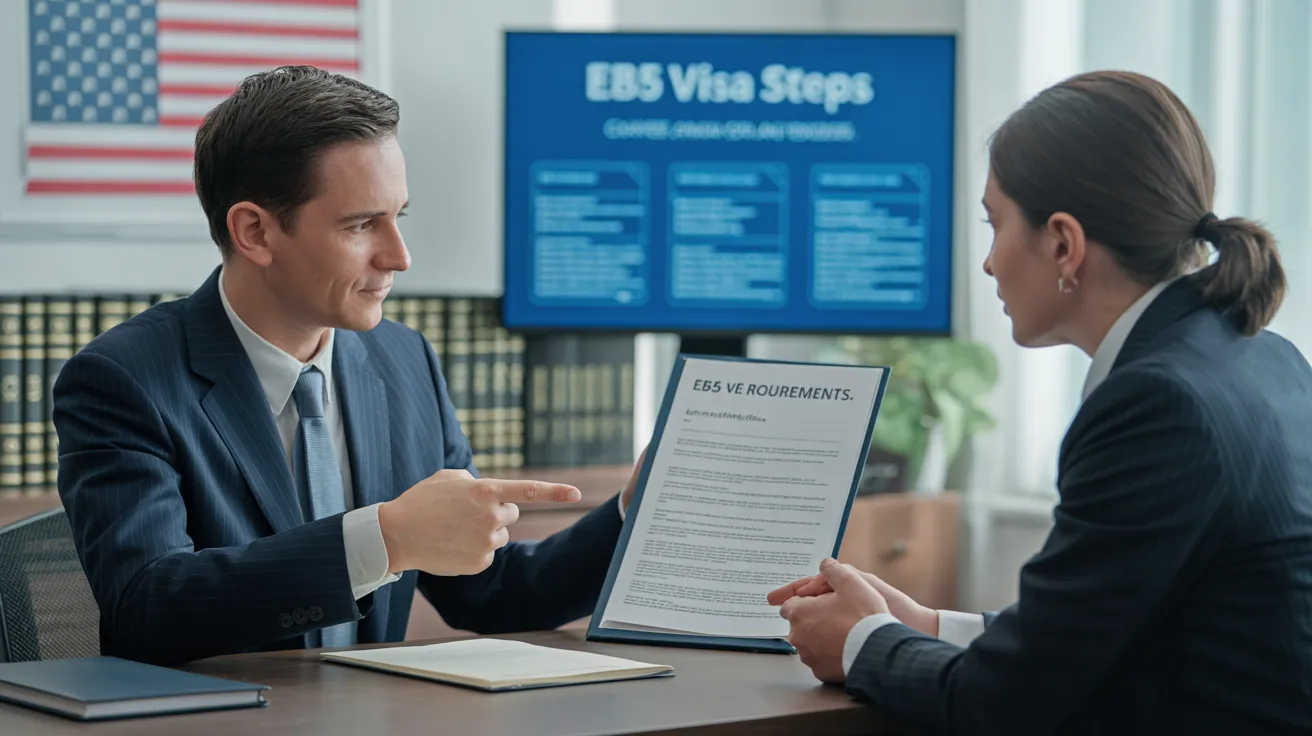Apply for L1 Visa
Wiki Article
Not known Facts About L1 Visa
Table of ContentsSome Ideas on L1 Visa You Should KnowL1 Visa Fundamentals ExplainedSee This Report on L1 VisaWhat Does L1 Visa Do?Not known Details About L1 Visa Examine This Report on L1 Visa
Available from ProQuest Dissertations & Theses International; Social Science Premium Collection. DHS Office of the Examiner General. Recovered 2023-03-26.
United State Division of State. Retrieved 2023-02-08. Tamen, Joan Fleischer (August 10, 2013).
L1 Visa Fundamentals Explained
In order to be qualified for the L-1 visa, the foreign firm abroad where the Beneficiary was utilized and the United state business must have a qualifying relationship at the time of the transfer. The different kinds of qualifying relationships are: 1.
Instance 1: Firm A is integrated in France and uses the Recipient. Company B is integrated in the U.S. and wishes to seek the Beneficiary. Firm A has 100% of the shares of Company B.Company A is the Parent and Business B is a subsidiary. As a result there is a qualifying relationship in between both companies and Business B should be able to sponsor the Recipient.
Firm A possesses 40% of Firm B. The continuing to be 60% is owned and regulated by Business C, which has no relation to Business A.Since Business A and B do not have a parent-subsidiary relationship, Firm A can not sponsor the Recipient for L-1.
Instance 3: Company A is integrated in the united state and desires to petition the Recipient. Firm B is integrated in Indonesia and utilizes the Beneficiary. Company An owns 40% of Firm B. The continuing to be 60% is possessed by Firm C, which has no connection to Firm A. However, Firm A, by formal arrangement, controls and full handles Firm B.Since Company A has less than 50% of Firm B but handles and regulates the company, there is a certifying parent-subsidiary connection and Company A can fund the Beneficiary for L-1.
The Only Guide for L1 Visa
Firm B is integrated in the United stateThe 2-Minute Rule for L1 Visa

The L-1 visa is an employment-based visa classification established by Congress in 1970, permitting multinational companies to transfer their managers, executives, or vital personnel to their U.S. procedures. It is get started generally referred to as the intracompany transferee visa.

In addition, the beneficiary needs to have operated in a managerial, executive, or specialized employee placement for one year within the 3 years coming before the L-1A application in the foreign company. For new workplace applications, foreign employment has to have remained in a supervisory or executive ability if the beneficiary is coming to the United States to work as a supervisor or exec.
10 Simple Techniques For L1 Visa

If provided for a united state firm operational for greater than one year, the first L-1B visa is for as much as three years and can be expanded for an extra two years (L1 Visa). Conversely, if the united state firm is freshly developed or has been operational for much less than one year, the preliminary L-1B visa is issued for one year, learn more with expansions readily available in two-year increments
The L-1 visa is an employment-based visa group established by Congress in 1970, permitting multinational companies to move their supervisors, executives, or vital workers to their united state operations. It is generally described as the intracompany transferee visa. There are 2 main sorts of L-1 visas: L-1A and L-1B. These types appropriate for workers hired in various placements within a business.
6 Easy Facts About L1 Visa Explained
Additionally, the beneficiary has to have worked in a managerial, exec, or specialized staff member placement for one year within the three years preceding the L-1A application in the international firm. For brand-new office applications, foreign work must have remained in a managerial or executive ability if the beneficiary is concerning the United States to function as a supervisor or exec.for approximately 7 years to manage the procedures of the U.S. associate as an exec or supervisor. If issued for an U.S. business that has been operational for greater than one year, the L-1A visa is originally provided for up to three years and can be extended in two-year increments.
If given for an U.S. company operational for more than one year, the preliminary L-1B visa is for as much as 3 years and can be expanded for an added 2 years. On the other hand, if the united state company is recently developed or has been functional for less than one year, the preliminary L-1B visa is provided contact us for one year, with expansions available in two-year increments.
Report this wiki page